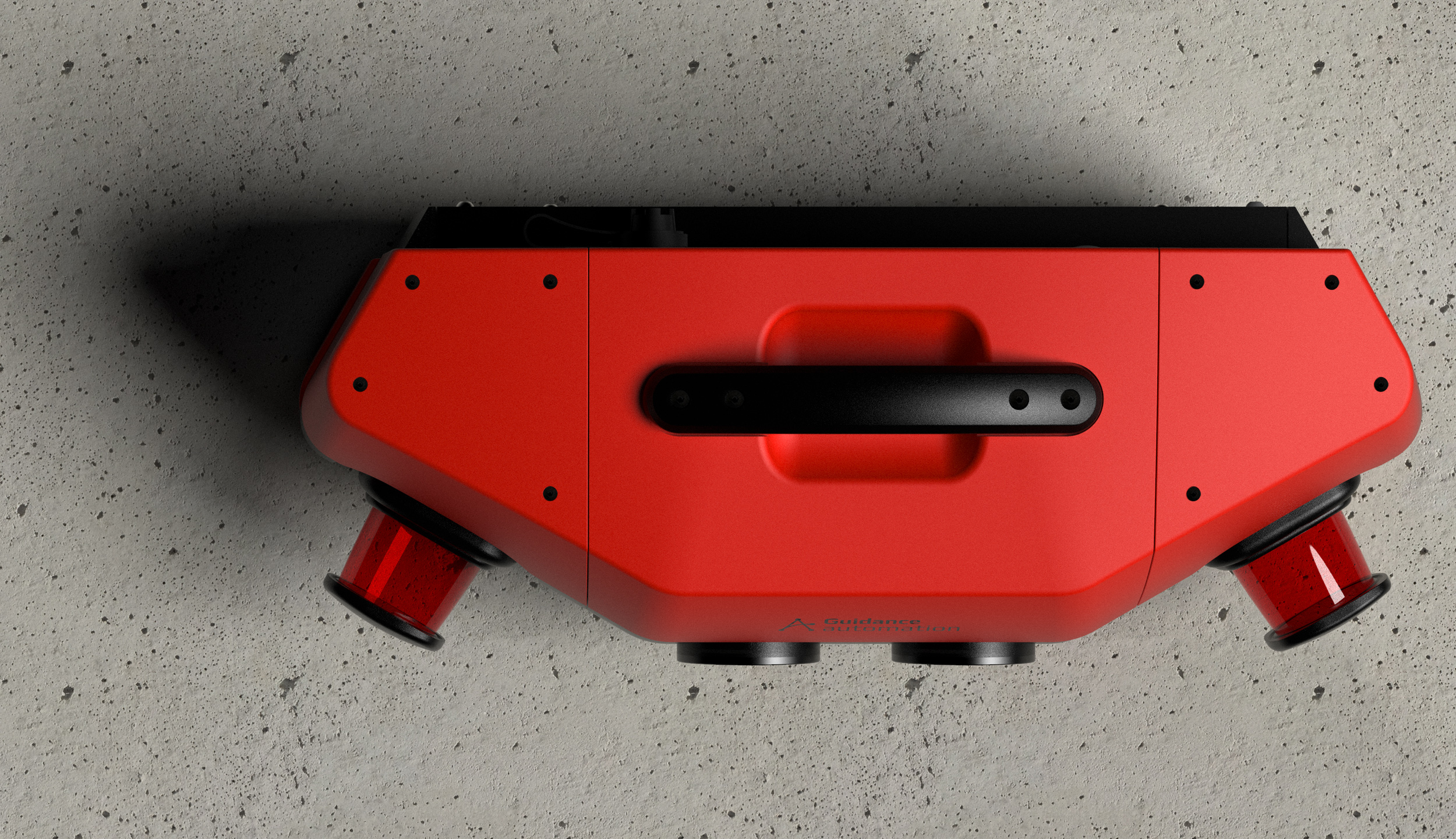Part 2: Avoiding Product Development Pitfalls: Insights from Experienced Industrial Design Consultants

In the second instalment of our series on avoiding product development pitfalls, we continue to delve into expert insights from experienced industrial design consultants. Building on the foundational strategies outlined in part one, this article explores advanced techniques and real-world applications that ensure the success of product development projects. Here, we focus on how to apply these insights more deeply into your process.
Table of Contents
Strategies for Effective Market Research
To avoid the pitfall of neglecting market demand, it’s crucial to dive deep into what the user needs and desires. Accurate and insightful market research can illuminate the path a product should take to ensure success.
- Engage directly with users through interviews and focus groups
- Analyse online behaviour and engagement to gauge interest
- Implement surveys to gather quantifiable data on consumer preferences
- Observe consumers in their natural environment for unarticulated needs
- Combine data sources to create a comprehensive view of market demands
Drawing from a well of varied market research strategies offers a fertile ground for product concepts that are not only innovative but are aligned with user expectations.
Underestimating Cost and Time Requirements Realistic Budgeting and Scheduling Tips
A frequent stumbling block in product development stems from the miscalculation of both financial and temporal resources. Industrial design consultants percipiently counsel on the virtues of pragmatic budgeting and scheduling – precluding the risk of product timelines slipping into the dreaded realm of delay and budget overruns.
Contingency Planning
Despite the best laid plans, product development is susceptible to unpredictability. Thus, enshrining contingency planning as a pillar of the process can avert the havoc wreaked by unforeseen detours.
- Build in buffer times within the project schedule to absorb delays
- Set aside a designated contingency fund within the budget
- Plan for alternative pathways should initial plans face constraints
- Regularly revisit the contingency plan to keep it relevant and actionable
- Ensure the entire team is conversant with contingency protocols for swift action
By engraining resilience into the DNA of a project, product development can maintain its stride even amidst the inevitability of detours.
Regular Budget and Timeline Reviews
Vigilance in maintaining an eagle-eyed view over financials and deadlines is a hallmark of astute project management. Industrial design consultants typically instil disciplines of continuous monitoring and adjustment to eliminate the surprise of budget blowouts or missed deadlines.
- Schedule routine budget reviews to preempt potential overspends
- Assess project progress against the timeline at regular intervals
- Adapt and refine both budget and timeline based on project evolution
- Engage the consultant’s expertise to inform financial and temporal decisions
- Implement cost-effective strategies at every stage of the development lifecycle
Through diligent oversight and adaptive manoeuvres guided by expert counsel, businesses stave off the inevitable fluctuations that can jeopardise a project’s economic and temporal integrity.
Design for Manufacturability (DFM) Principles
DFM principles are the beacon that guides the treacherous crossing from arresting design concepts to concrete, manufacturable products. Industrial design consultants expertly navigate this passage, ensuring a harmonious marriage between design intent and production capabilities.
- Consider the manufacturability of the design from the outset
- Collaborate with manufacturers to understand their process and constraints
- Perform materials testing in the context of the intended manufacturing process
- Utilise simulations to predict manufacturability challenges
- Iteratively refine the design to align with manufacturing realities
In adhering to the precepts of DFM under the guidance of consultant expertise, businesses can avoid the all-too-common chasm between visionary design and practical manufacturability.
Enhancing Efficiency Through Material and Process Understanding
The understanding and application of materials and manufacturing processes aren’t merely technical necessities—they are opportunities to enhance efficiency and cost-effectiveness through strategic selection and application.
- Choose materials that offer the best combination of performance and cost
- Engage in process optimization to extract efficiencies from manufacturing
- Investigate alternative materials and processes for potential benefits
- Leverage consultants’ networks of material suppliers and manufacturers
- Emphasise environmental considerations in material and process selection
Rooted firmly in technical know-how, consultants help clients traverse the often-overlooked labyrinths of material and manufacturing decision-making.
Failing to Adapt to Feedback and Iterations The Role of Prototyping and User Testing
One of the most cardinal sins in product development is neglecting the iterative cycle grounded in user feedback. Industrial design consultants advocate for a malleable approach where adaptation is not an afterthought but an integral part of the development mantra.
How Bluefrog Design Can Help Guide You
The insights from this article highlight the value of collaborating with consultants who not only anticipate potential obstacles but also have the skills to avoid them, ensuring the journey from concept to consumer is efficient and successful. With its focus on a people-oriented approach, adept management of regulatory requirements, and dedication to innovation and cost-effectiveness, Bluefrog Design is perfectly equipped to turn the visions of managing directors and product managers into successful, market-ready products.
Ready to get started on a project?
Socials



